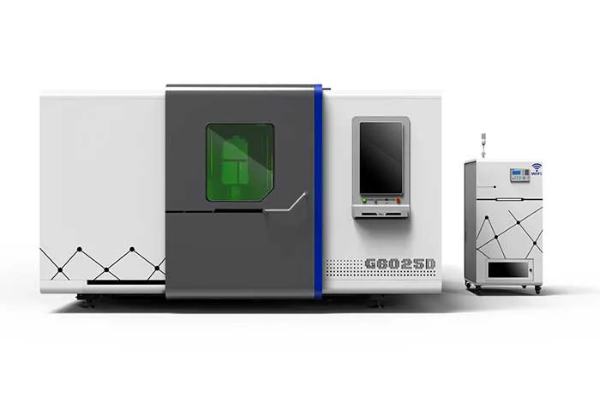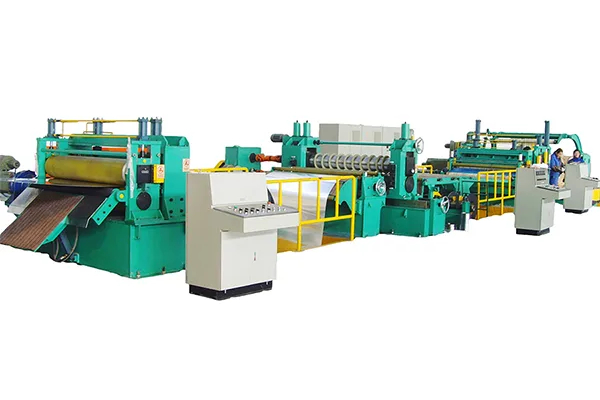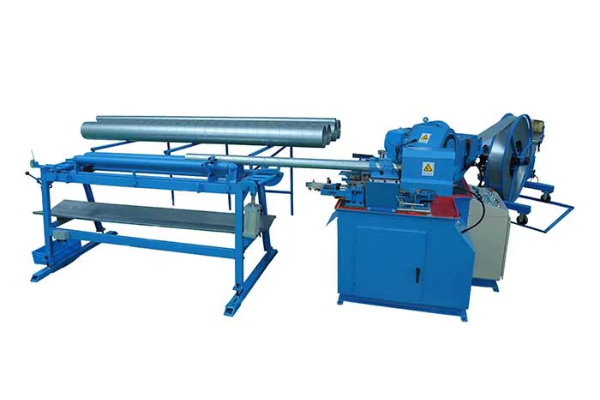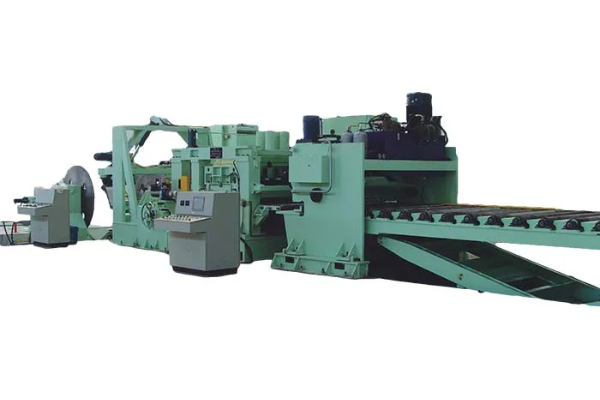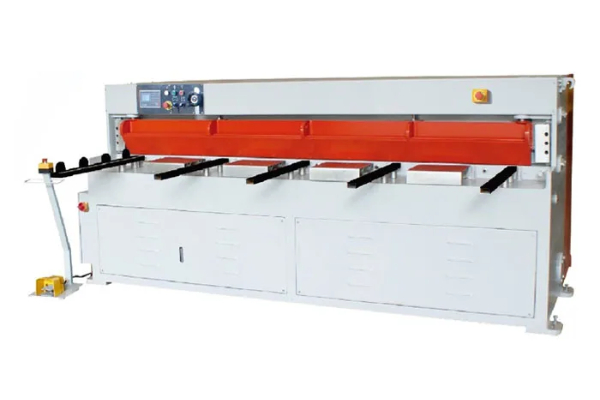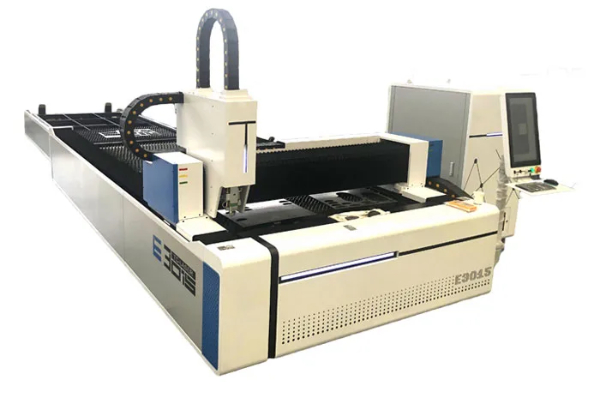
Laser Sheet Cutting Machines vs. Other Cutting Methods- Pros and Cons
- By:Metmac
- 2024-08-06
- 139
In the realm of metal fabrication, precision cutting plays a crucial role in shaping various materials. Among the available cutting methods, laser sheet cutting machines have gained significant popularity due to their versatility, efficiency, and precision. However, other cutting methods, such as waterjet and plasma, also offer distinct advantages. This article explores the pros and cons of laser sheet cutting machines in comparison to other cutting methods, providing insights into their capabilities and limitations.
Speed and Precision
Laser cutting machines excel in delivering exceptional speed and precision. The laser beam’s focused energy enables precise cuts with minimal distortion, making it ideal for intricate designs and complex parts. The high power density of the laser allows for rapid cutting, reducing production time and improving efficiency.
In contrast, waterjet cutting involves a high-pressure water jet that erodes the material, offering a slower cutting speed. Plasma cutting, on the other hand, utilizes ionized gas to melt and cut the metal, achieving moderate speeds but with potential for wider cuts and heat-affected zones.
Versatility and Material Compatibility
Laser cutting machines offer exceptional versatility, capable of cutting a wide range of materials, including metals, plastics, wood, and ceramics. They can execute precise cuts in thin or thick materials, making them suitable for various applications.
Waterjet cutting is also versatile, allowing for the cutting of diverse materials. However, it is limited in cutting highly reflective materials such as aluminum. Plasma cutting excels in cutting thick metals but is less effective with non-metals or thin materials.
Edge Quality and Heat Distortion
Laser cutting machines produce clean, high-quality cuts with minimal burrs or dross, eliminating the need for additional finishing operations. The laser’s focused beam minimizes heat distortion, ensuring precision and reducing post-processing time.
Waterjet cutting, due to its abrasive nature, can produce rougher edges and induce microcracks. Plasma cutting generates higher heat, which can result in dross formation and potential warping of the material.
Safety and Environmental Impact
Laser cutting machines operate in an enclosed environment, reducing the risk of fumes or hazardous emissions. The absence of lubrication or coolants eliminates environmental contamination.
Waterjet cutting requires a large volume of water, which can pose environmental concerns related to disposal and energy consumption. Plasma cutting also generates fumes and potential ozone production, requiring appropriate ventilation and safety measures.
Cost and Maintenance
Laser cutting machines typically have higher upfront costs compared to other cutting methods. However, the reduced need for post-processing and lower maintenance requirements can offset these initial expenses over time.
Waterjet cutting involves lower initial investment but may incur higher maintenance costs due to wear and tear on the high-pressure pump and nozzle. Plasma cutting offers a moderate cost-to-maintenance ratio, with consumables and electrode replacements being the primary concerns.
Conclusion
Laser sheet cutting machines offer a compelling combination of speed, precision, versatility, and high-quality cuts. They are particularly suitable for intricate designs, complex parts, and materials that require delicate handling. While other cutting methods, such as waterjet and plasma, have their advantages in certain applications, laser cutting stands out as the preferred choice for demanding and high-precision cutting requirements.
-
High-Precision Solutions from Leading Sheet Metal Cutting Machine Manufacturers
2025/09/11 -
Reliable Sheet Metal Equipment for Sale to Support Precision Fabrication
2025/07/17 -
Advanced Duct Machine AC and Fabrication Solutions from Metmac
2025/07/12 -
The Advantages of Using a Sheet Roll Forming Machine in Manufacturing
2024/09/14
-
Precision Sheet Metal Cutting and Processing Machines for Modern Manufacturing
2025/09/25 -
Advanced Sheet Metal Processing Machines for Industrial Applications
2025/09/25 -
High-Precision Sheet Metal Cutting Machines for Modern Manufacturing
2025/09/25 -
Efficient Sheet Metal Working Machines for Modern Manufacturing
2025/09/17
-
Integrating Automation with Rectangular Duct Machines for Enhanced Productivity
2024/05/11 -
Metal Shear Machines- Essential Tools for Precision Metal Cutting
2024/05/11 -
Understanding the Role and Function of Steel Strip Slitting Machines
2024/05/11 -
Maintenance Tips for Longevity of HVAC Duct Machines
2024/05/11
-
A Guide to the Latest Innovations in Sheet Metal Folding Machines
2024/11/29 -
Key Features to Consider When Investing in a Sheet Metal Folding Machine
2024/11/28 -
Enhancing Precision with Advanced Sheet Metal Folding Machines
2024/11/27 -
How to Choose the Right Sheet Metal Folding Machine for Your Workshop
2024/11/26
